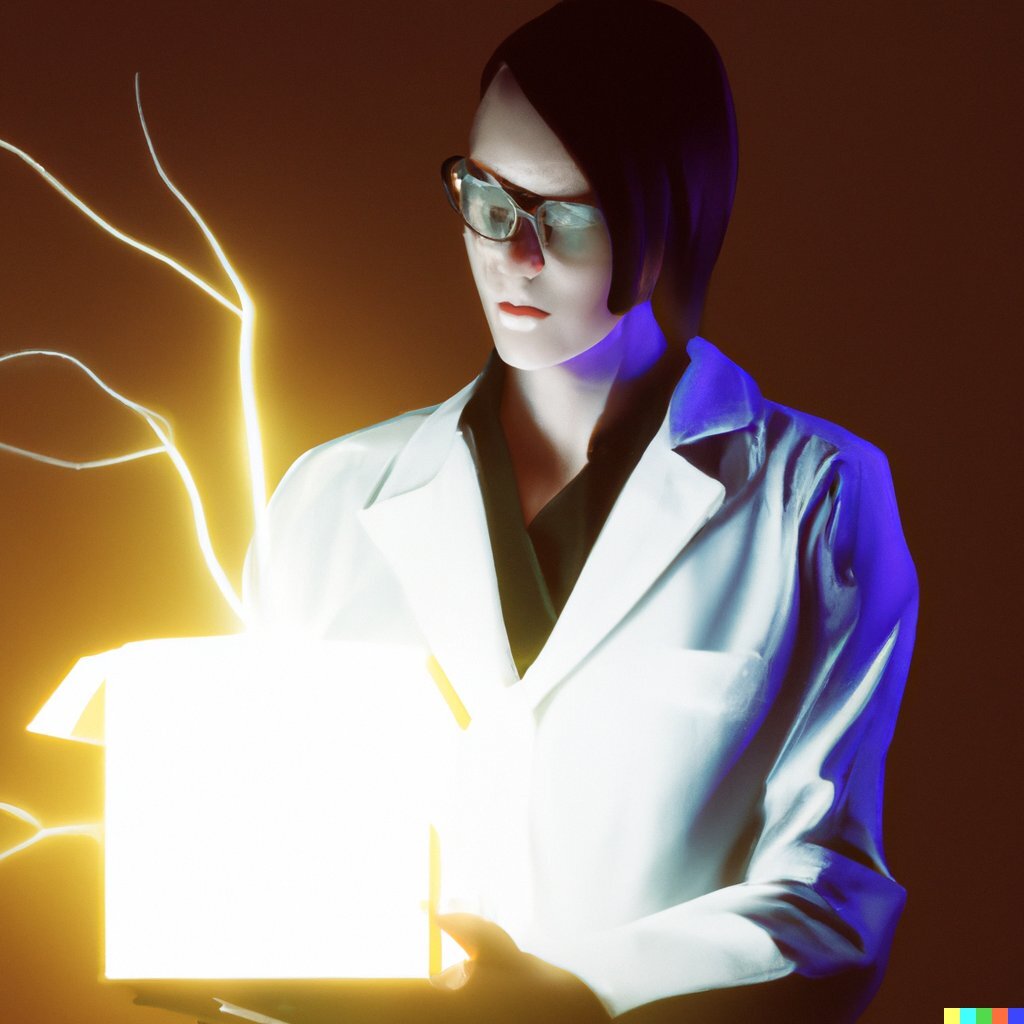this post was submitted on 17 Sep 2023
76 points (100.0% liked)
Asklemmy
1454 readers
110 users here now
A loosely moderated place to ask open-ended questions
If your post meets the following criteria, it's welcome here!
- Open-ended question
- Not offensive: at this point, we do not have the bandwidth to moderate overtly political discussions. Assume best intent and be excellent to each other.
- Not regarding using or support for Lemmy: context, see the list of support communities and tools for finding communities below
- Not ad nauseam inducing: please make sure it is a question that would be new to most members
- An actual topic of discussion
Looking for support?
Looking for a community?
- Lemmyverse: community search
- sub.rehab: maps old subreddits to fediverse options, marks official as such
- !lemmy411@lemmy.ca: a community for finding communities
~Icon~ ~by~ ~@Double_A@discuss.tchncs.de~
founded 5 years ago
MODERATORS
you are viewing a single comment's thread
view the rest of the comments
view the rest of the comments

Lot of comments about RTGs, but I don't think that's what OP is asking. RTGs convert heat to electricity, same as a conventional power plants
they just do it in a solid state way instead of steam. In RTGs it doesn't matter where the heat comes from; they are not really analogous to solar cells, as the title asks.
In fact, there are consumer products that use the same technology
you can buy a little electric fan that sits on top of a wood stove and, once up to temp, will start spinning. The electricity is generated by the thermal gradient using heat from the stove, essentially the same as an RTG.